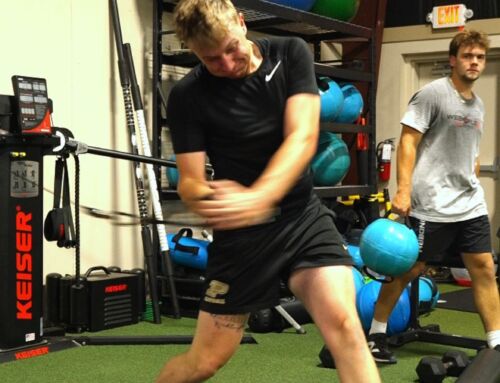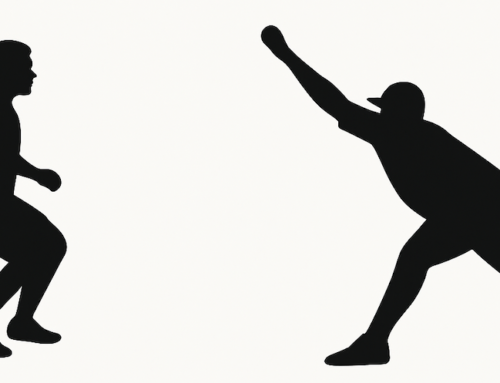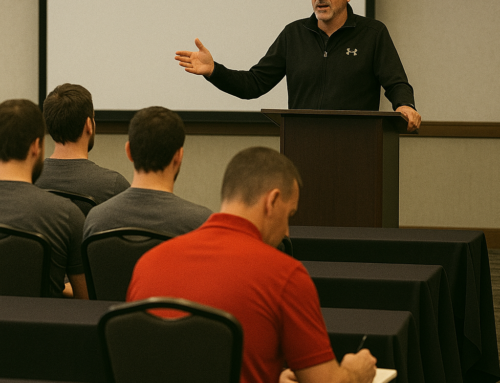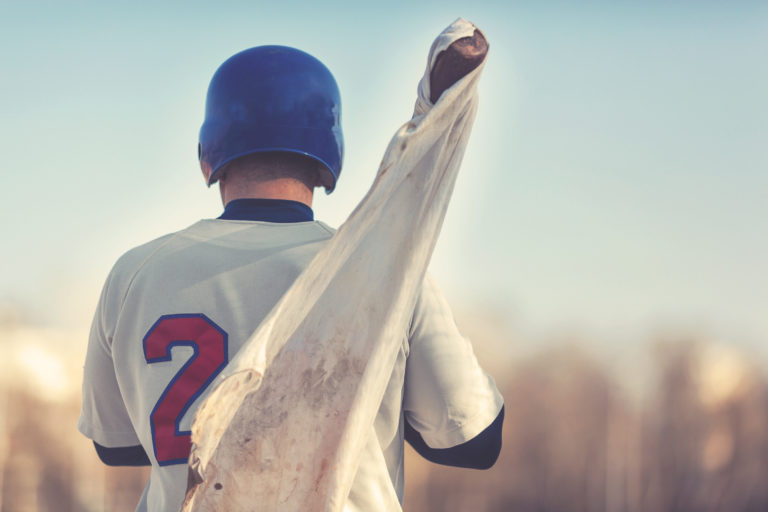
Why It Doesn’t Take 10,000 Hours
We’ve all heard of the 10,000 hours rule. It was made popular by author and Malcom Gladwell in his 2008 book, Outliers. In this book he alluded to research by Anders Ericcson suggesting that it takes 10,000 hours of deliberate practice to master a skill. I read the book and it sounded legit. I even wrote about it in the first “book” I ever published. It was an awful piece — more of a manual — called Building the 90 mph Delivery. It sold approximately 4 copies and included a section that referenced Gladwell’s 10k rule, and I truly believed it made sense.
That was before I met Frans Bosch and gained a deeper understanding of motor learning. During last year’s Baseball Skill Acquisition Summit, Frans declared, “If it takes you 10,000 hours to learn a skill, that means you got it wrong for 9,999 hours.”
Since we started working with pitchers in 2008, I’ve done over 12,000 pitcher video analyses and physical assessments. I’ve written and executed training plans for players of every age and ability level. Our training process has evolved into a multi-dimensional movement experience that emphasizes developing a throwing ATHLETE.
Athleticism Defined
Our definition of athleticism has become the cornerstone of the approach. Athleticism is having enough mobility to move to and through positions that optimize length-tension relationships and then finding co-contractions that remove muscle slack so that power may be expressed, motor control may be established and stress on inert (non-contractile) tissue may be attenuated. Please watch this 8 minute video for a thorough understanding of how we view movement and athleticism.
Here’s an 8 minute video I recently published that digs deeper into this concept.
The following is a graphic of the normal progression of training we typically see here at the ARMory. The first two stages take time and a fair amount of deliberate practice. When an athlete gets to the motor control phase, improved performance can happen rapidly.
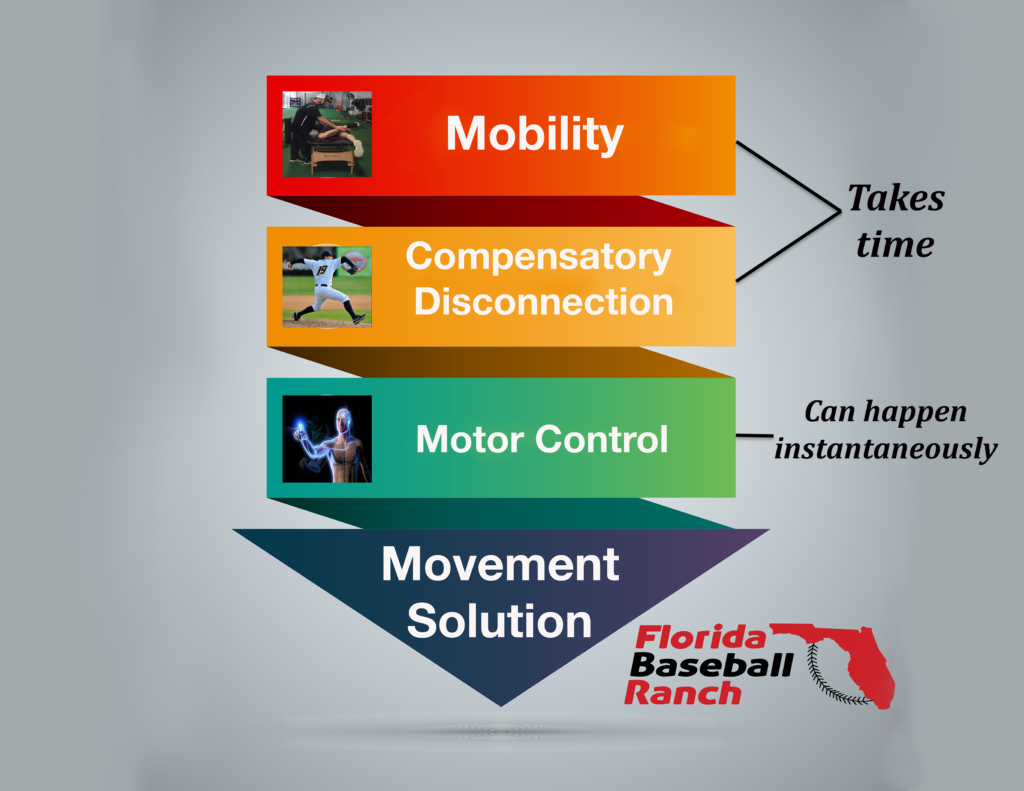
It Starts With Mobility
The joints must allow the athlete to get into positions that optimize the mechanical advantages of his muscles. We don’t need the athlete to be gymnast. He merely needs enough mobility to get into these positions. Enough will be different for every guy. Skipping this step and jumping to a motor control solution can be a recipe for disaster. We see this frequently in unguided, “intent-based” training. When you ask an athlete with severe mobility constraints to throw hard, his body will find a way. Unfortunately, it won’t always find the most efficient way, or even the safest way.
Removing Muscle Slack
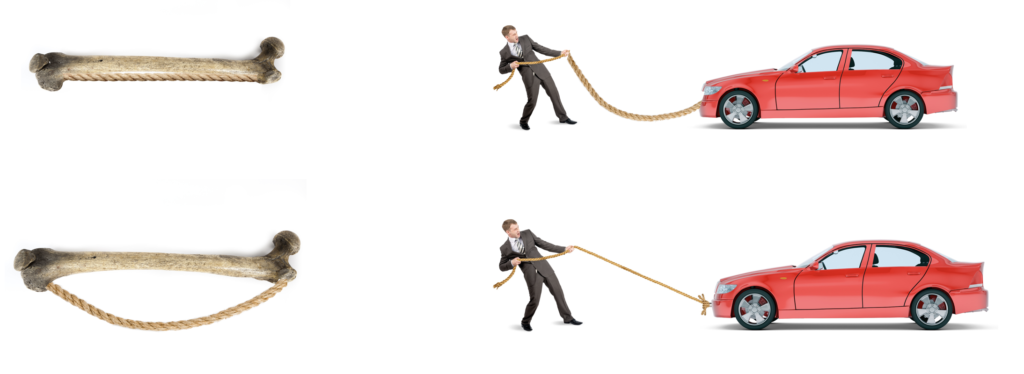
Once the athlete has established adequate mobility optimal length-tension relationships he must to remove muscle slack. Muscles don’t sit on bones ready to produce force. Instead, they sag off like a rope or a close line. Before an athlete can express power, control his body, or protect his joints from potential damage, he must remove the slack from the system.
In any athletic endeavor, the best way to remove slack is through co-contraction. That is, simultaneous, isometric contraction of all the muscles surrounding a joint or limb. These co-contractions must occur in optimal sequence and synergy, like little circuit breakers being turned on and off, as the athlete moves through his delivery.
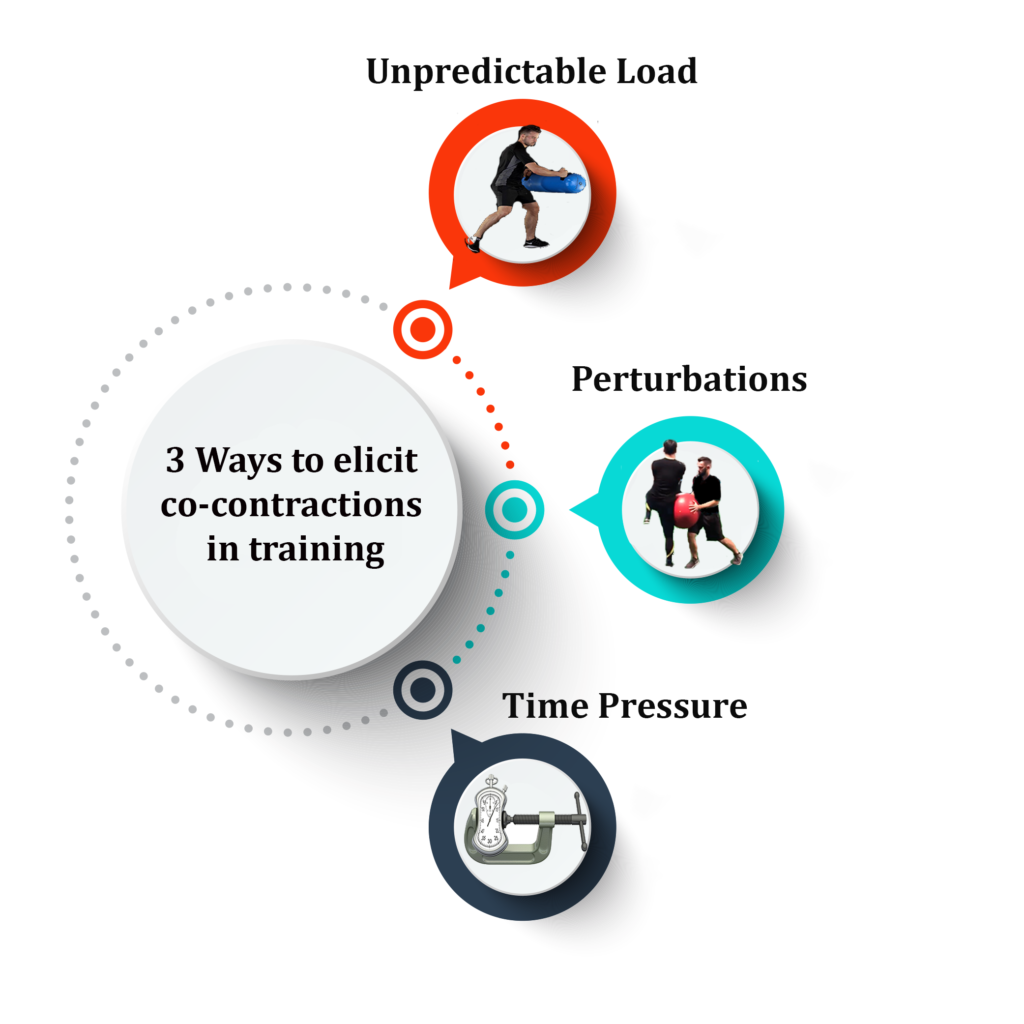
If a player is unable to find these co-contractions naturally, we can encourage his body to discover them by creating a training experience that introduces one of the three possible catalysts: 1) Unpredictable load, 2) Perturbations or 3) Time pressure. When the body can’t predict a necessary response to a load or stimulus, or when it doesn’t have time to form a conscious strategy for muscle activity, it reverts to its main protective reflex — co-contraction. Unpredictable load, such as water-filled devices, or weights dangling from elastic bands can offer sensory information that teaches the athlete to co-contract to remove slack. Imagine holding a squirming baby overhead. The unpredictable nature of the load demands co-contract to maintain stability. Perturbations, or manual disturbances to a given resting state, encourage the body to self-organize stability through co-contraction. For example, an instructor bangs an elastic band randomly as a player takes is arm through a band resisted throwing motion. Finally, training experiences such as running throws or abdomen-initiated quick switches of the feet can encourage optimal length and co-contraction.
Compensatory Disconnections
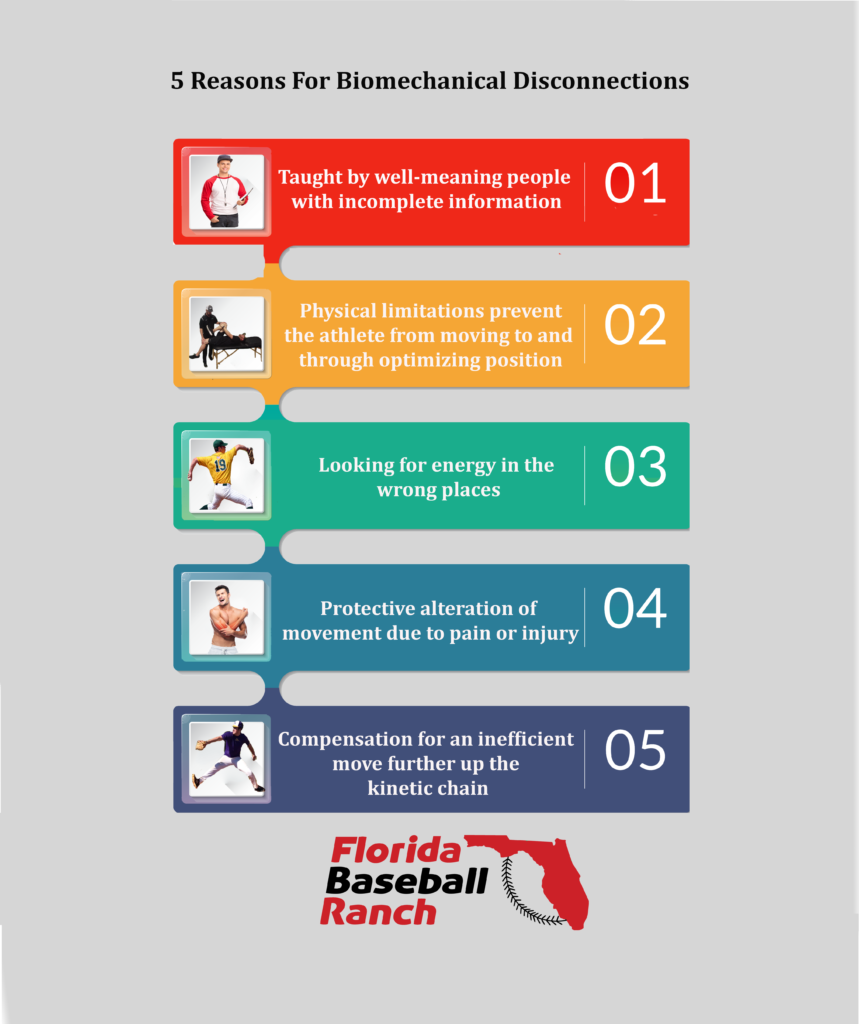
In our system, when an athlete is “connected”, his body parts are working together in proper timing, sequencing and synergy with one another. If a body part is out of sync it is considered “disconnected.” Disconnections occur for one of five primary reasons:
1) They’re taught by well-meaning people with incomplete knowledge. Improper coaching/teaching is probably the most common cause of disconnection. 2) A physical limitation keeps the athlete from moving to and through optimal positions. For example, if an athlete has a limitation in ankle dorsiflexion he may not be able to get into a deep enough hip hinge to maximize the mechanical efficiency of his lower half. 3) Disconnections also can occur when an athlete is looking for energy in the wrong places. We see this most commonly in pitchers engaging in unguided, intent-based training with with poor lower half efficiency. As they fail to get adequate energy from their lower half and torso, athletes tend to seek it in the upper extremities in the form of an inverted W or by taking the throwing arm aggressively across the acromial line. 4) An athlete experiencing pain or injury may demonstrate a protective alteration of his movement pattern. Post-injury compensation can be a necessary part of an injured athlete’s explorative journey a healthy movement solution. However, as soon as the pain abates, the body must be offered offered sensory information that encourages a more efficient and healthy expression. 5) And finally, many movement errors in pitching are the unintended sequelae of an inefficient move further up the kinetic chain. For example, if an athlete’s first move projects him toward the arm side on deck circle, and he doesn’t possess a high degree of lead hip internal rotation mobility, he has five choices to get back on track. He can open his lead leg early, turn his torso prematurely, pull his glove side, tilt his posture, or yank his head away from his throwing arm. All of these disconnections can be traced back to his first move.
The Motor Control Solution
Correcting mobility limitations and compensatory disconnections can be a slow, arduous process. But, after those obstacles are eliminated, the real magic starts to happen, and it can happen fast. When an athlete breaks through these boundaries, he begins to unleash his body’s true potential — the potential that lies in his natural desire to move efficiently. An athlete’s body cares not one bit about where the coach says its parts should be, and it cares not one bit about where he thinks it should be. It cares only about accomplishing what he deems to be important goals, and it wants to do it in the most energy preservative way.
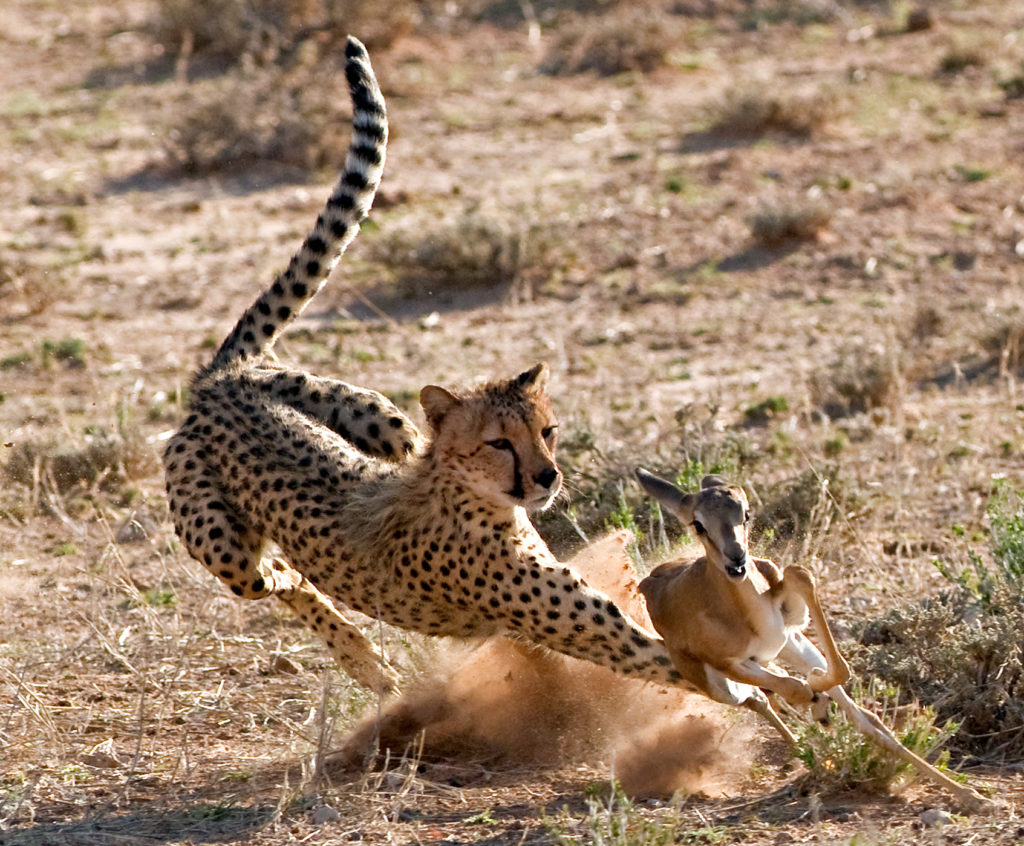
You see, from the time the first complex organisms divided from one cell into two, every species has been driven by two goals: to survive and propagate. Complex organism want to eat and make more of us. And in the survival of the fittest world, the organism that can do that with the least amount of energy expended wins the race. The cheetah chases the slowest gazelle because he knows he can kill it, eat it, and still have enough energy to go back to his cave and make babies cheetahs with his cheetah momma.
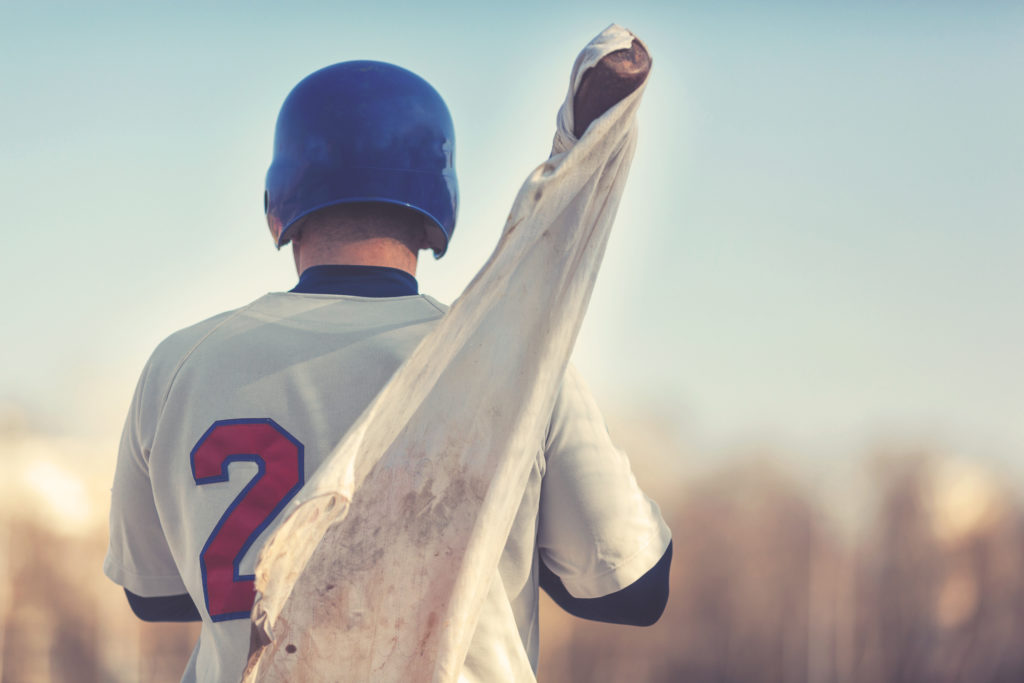
As pitchers, we’ve evolved to a point that we no longer have to worry about survival. Instead, our desire is to accomplish the important goal of throwing a baseball very hard across the white dish and making the hitter go back to the dugout. When an athlete achieves the mobility necessary to maximize his length-tension advantages and then finds the synchronous co-contractions to fully optimize the contractile and elastic properties of his muscles, he accomplishes his goal and he conserves energy. When this occurs, his body naturally wants to do that again. His natural instincts take over and he is compelled to move in the same manner again and again.
When it clicks, it stays.
As long as he revisits his training frequently enough to weed the garden, so-to-speak, he will continue to grow and improve at a rapid pace. His unlimited potential is unleashed and he never looks back.
Any one can achieve any thing he wants to achieve. As I tell all of my students, “I know you can do it, but I can’t tell you how long it will take.”
I can’t tell you how long it will take, because we don’t know when you’ll overcome the mobility and compensatory disconnection challenges you will face. But whenever that happens, you will be change rapidly. You’ll feel your body move with ease and power will emerge like an erupting volcano. There will be no limit to the level of performance you can achieve. You’ll throw harder, you’ll throw more strikes, your secondary stuff will be sick, you’ll recover quicker, your performances will become more consistent, and you’ll be pain free.
Chicks will dig you.
You have goals you want to achieve. You have dreams.
Get started by calling, our CFO/COO Amy, at 866-787-4533.
We’ll see you at The ARMory.
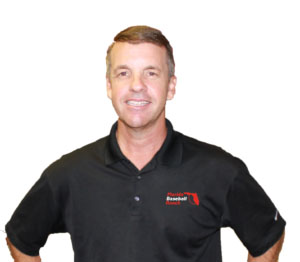
Randy Sullivan, MPT, CSCS CEO, Florida Baseball ARMory


